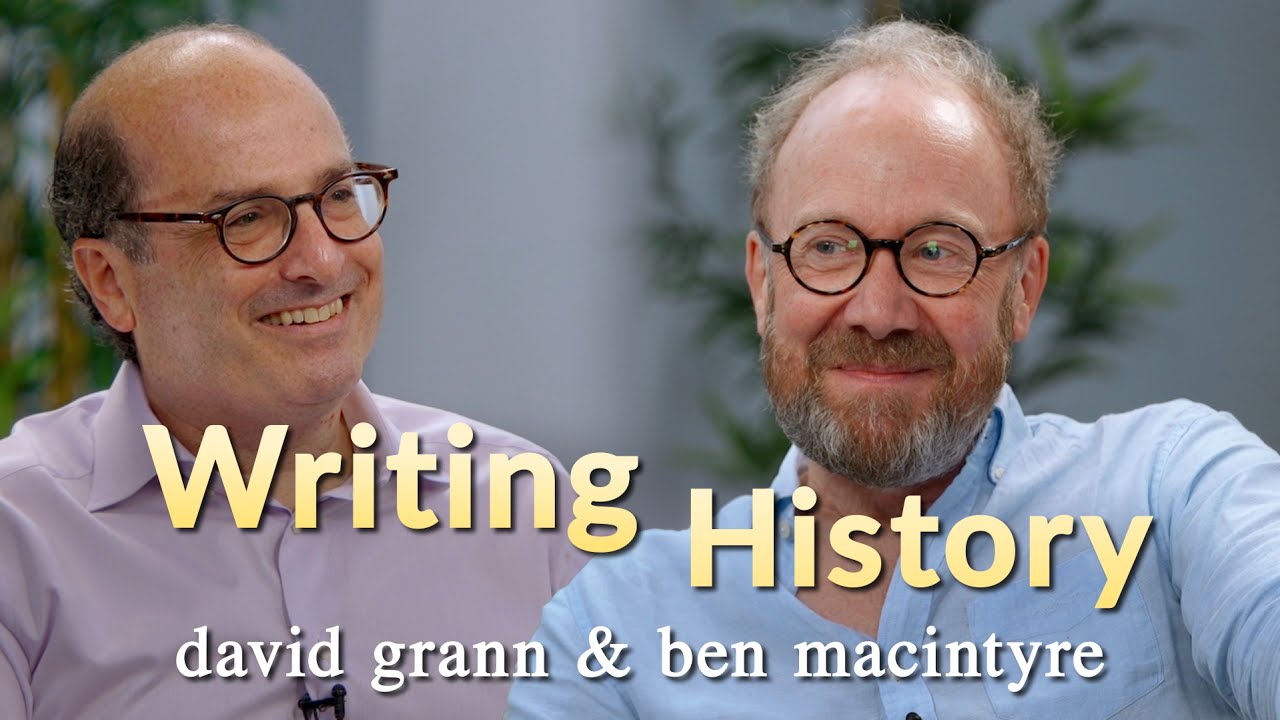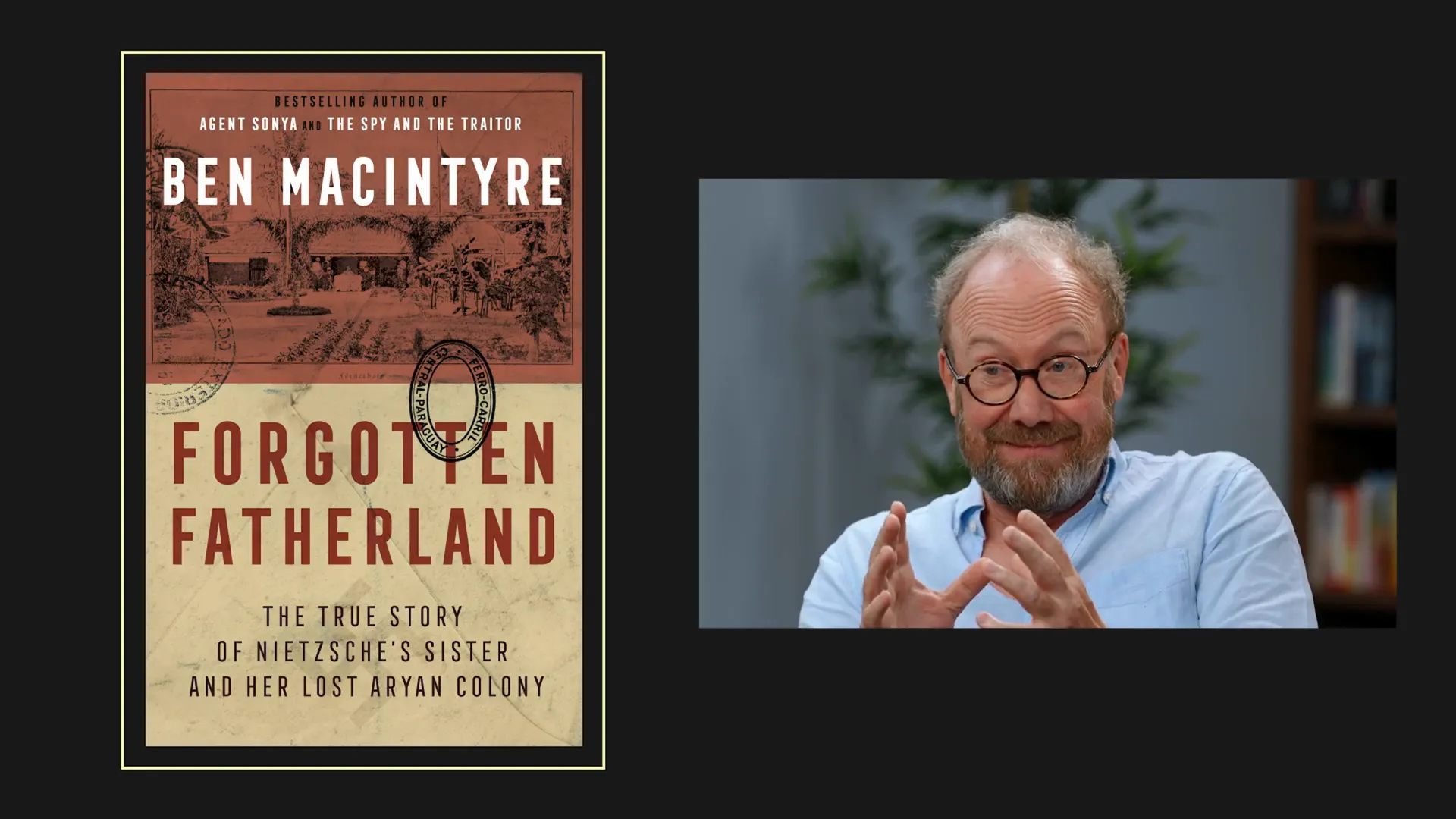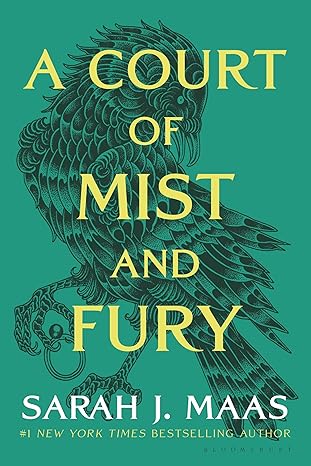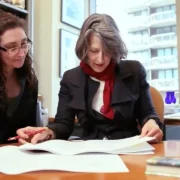
The Art of Narrative Nonfiction: Insights from David Grann and Ben Macintyre

In an engaging conversation, bestselling authors David Grann and Ben Macintyre delve into the intricacies of writing narrative nonfiction, exploring their research methods and the storytelling techniques that bring history to life. This blog captures their insights and experiences that illuminate the challenges and joys of crafting compelling narratives from real events.
Table of Contents
🛤️ The Journey into Narrative Nonfiction
Narrative nonfiction is a genre that allows writers to blend the factual rigor of journalism with the creative storytelling of fiction. This journey begins with the discovery of compelling stories that often lie hidden in the footnotes of history. The allure of these tales is not just in their eccentricity but also in their potential to illuminate broader truths about the human experience.
As writers, we embark on a quest to uncover these narratives, often finding ourselves captivated by unusual subjects or forgotten figures. This exploration is not merely about recounting facts; it’s about weaving them into a tapestry that resonates with readers. The challenge lies in transforming dry information into vivid stories that breathe life into the past.
🔍 Finding Eccentric Stories
Every writer has a unique method for finding stories that stand out. Some may stumble upon them through chance encounters, while others actively search through archives and libraries. The key is to remain open to unexpected discoveries. Often, the most fascinating narratives are those that are overlooked or dismissed as trivial.
- Discovering stories through footnotes in academic texts.
- Listening to oral histories from families who lived through significant events.
- Exploring lesser-known historical figures who had a profound impact on their communities.
For instance, the story of Friedrich Nietzsche’s sister, who established a Nazi colony in Paraguay, exemplifies how eccentric tales can emerge from obscure historical records. Such narratives challenge our understanding of history and provoke thoughtful discussions about ideology and human behavior.

📖 The Importance of Material in Storytelling
Material is the lifeblood of narrative nonfiction. Without sufficient documentation, even the most intriguing story can fall flat. Writers must dig deep to uncover diaries, letters, and other primary sources that provide insight into the lives of their subjects.
When researching, it’s crucial to ask whether there is enough material to build a compelling narrative. This often requires a careful balance between thorough investigation and the instinct to recognize when a story may not have enough substance.
- Diaries and letters provide personal insights that enrich narratives.
- Oral histories offer unique perspectives that can challenge established narratives.
- Declassified documents reveal hidden truths that can reshape our understanding of events.

🚫 Avoiding Speculation in Nonfiction
One of the greatest pitfalls in narrative nonfiction is the temptation to speculate when material is lacking. Writers must resist the urge to fill gaps with conjecture. Speculation can undermine the integrity of the narrative and lead readers to question the authenticity of the story.
Instead of guessing what a historical figure might have felt or thought, it’s essential to rely on concrete evidence. If the material does not exist, it may be a sign that the story is not yet ready to be told. This commitment to factual storytelling is what distinguishes narrative nonfiction from fiction.

🔍 The Thrill of Discovery in Research
The research process for narrative nonfiction is akin to a treasure hunt. While much of it involves tedious work, the moments of discovery make it worthwhile. Finding a unique document or an unexpected piece of evidence can ignite excitement and lead to new directions in the narrative.
These discoveries often reveal the human side of historical events, providing context and emotion that resonate with readers. For example, tracking down a long-lost family diary can unveil personal anecdotes that breathe life into a historical figure.

📚 The Role of Archives in Nonfiction Writing
Archives serve as the backbone of narrative nonfiction. They house the raw materials that writers sift through to construct their stories. Visiting archives in person allows writers to connect with the material on a deeper level, often leading to unexpected findings.
Many archives contain documents that are not properly cataloged, making the search itself an adventure. Writers must be prepared to spend hours, if not days, combing through boxes of papers to uncover hidden gems.
- Physical engagement with documents often leads to serendipitous discoveries.
- Understanding the context of documents can provide deeper insights.
- Building relationships with archivists can lead to valuable guidance in the research process.

📜 Declassified Documents and Their Significance
Declassified documents hold a special place in narrative nonfiction. These documents often provide unfiltered insights into historical events, revealing truths that were once hidden from the public eye. The challenge lies in navigating the bureaucratic processes required to access these materials.
Once obtained, declassified documents can dramatically alter the narrative landscape, introducing new characters and perspectives. They often contain candid observations that shed light on the complexities of human behavior during pivotal moments in history.

🗣️ Capturing Voice and Diction
Voice and diction are critical elements in narrative nonfiction. They help to create an authentic portrayal of characters and events. Writers must pay attention to the way individuals express themselves, as this can reveal much about their backgrounds and experiences.
When working with documents, whether they are letters or diaries, the language used can evoke the personality of the writer, making them come alive for readers. This attention to detail enriches the narrative and enhances reader engagement.

🧠 Navigating Memory and Perspective
Navigating memory is one of the most challenging aspects of writing narrative nonfiction. Memories are often subjective and can vary significantly from person to person. Writers must carefully consider whose memories to privilege and how to represent conflicting accounts.
Engaging with multiple perspectives allows for a more nuanced understanding of events. It also invites readers to reflect on the nature of memory itself, recognizing that our recollections shape our understanding of history.
- Collecting diverse accounts can provide a richer narrative tapestry.
- Understanding the fallibility of memory is crucial for accurate storytelling.
- Highlighting discrepancies can add depth to the narrative.

🧩 The Uncertainty of Truth in Storytelling
In narrative nonfiction, the relationship between truth and story is complex. Writers often navigate a delicate balance where the narrative can shape the truth just as much as the truth shapes the narrative. This interplay is essential, as the story must resonate with readers while remaining grounded in factual accuracy.
David Cornwell, known as John le Carré, once advised that every page must contain an element of jeopardy. This doesn’t always pertain to life-and-death stakes; it can also involve emotional investment and character development. When readers feel that stakes are high, they become more engaged with the narrative.
Writers like Grann and Macintyre find themselves going down rabbit holes, discovering fascinating yet tangential details that enrich their narratives. However, it’s crucial to ensure that these explorations serve the story rather than detract from it.

🔒 Exploring Human Nature through Enclosed Spaces
Enclosed environments, whether a ship, a POW camp, or a small village, serve as microcosms of human behavior. They allow for intense explorations of character and morality under pressure. Within these confines, individuals reveal their true selves, often in ways that defy expectations.
For example, in a wartime setting, the dynamics between individuals can shift dramatically. The same person who might act heroically in one moment may succumb to cowardice in another. This complexity enriches the narrative and invites readers to reflect on their own potential reactions in similar situations.

🌀 The Challenge of Unresolved Stories
Unresolved stories pose a unique challenge for writers. Readers often expect closure, but the nature of real-life events can leave gaps and uncertainties. Grann’s experience with the Osage murders illustrates this beautifully. As he delved deeper, he uncovered a web of complicity and cultural violence that defied simple explanations.
When faced with ambiguity, writers must decide how to present these complexities without misleading their audience. Embracing the unknown can become a theme in itself, shedding light on the darker aspects of human history and behavior.

🔍 The Complexity of Characters in History
Historical figures are rarely black and white; they are often a mix of virtues and vices. The stories of individuals like Kim Philby reveal the intricate layers of human motivation and morality. Philby was charismatic and charming, yet he was also a traitor—a reflection of the complex nature of humanity.
Writers must navigate these complexities carefully, presenting characters with depth and nuance. By doing so, they can challenge readers to reconsider their definitions of heroism and villainy. This exploration of character complexity often leads to richer narratives that resonate on multiple levels.

🌍 The Modern Perspective on Historical Narratives
The lens through which we view history continually shifts. Modern perspectives allow for previously marginalized voices to be heard. For instance, the inclusion of a person of color in the narrative of the Wager highlights how historical accounts can overlook significant contributions and experiences.
As writers strive to present a more inclusive history, they must also grapple with the implications of their narratives. This evolving understanding of history encourages readers to engage with the past in a more critical and reflective manner.

🐇 The Role of Rabbit Holes in Research
Research for narrative nonfiction often leads writers down unexpected rabbit holes. These explorations can yield fascinating insights, but not all discoveries make it into the final narrative. However, this process is never wasted; it enriches the writer’s understanding of the subject and informs the narrative’s depth.
Writers may find themselves captivated by tangential stories that offer texture and context, even if they ultimately choose not to include them. This background knowledge can enhance the narrative’s authenticity and provide a more immersive experience for readers.

🎲 The Gamble of Finding Enough Material
Every writer faces the gamble of whether sufficient material exists to craft a compelling narrative. Grann’s initial uncertainty about the Wager reflects the common anxiety of investigative writing. However, as research progresses, unexpected sources often emerge, unveiling rich narratives waiting to be told.
Writers must be prepared for the possibility that their initial assumptions may not hold true. The discovery of new evidence can lead to shifts in direction, revealing deeper truths that enhance the narrative’s complexity and intrigue.

🔭 The Impact of Perspective in Historical Writing
Perspective is everything in historical writing. Each narrative is shaped by the author’s viewpoint, as well as the cultural and societal contexts in which they write. This subjectivity can lead to different interpretations of the same events, highlighting the fluid nature of history.
As writers explore these narratives, they must remain cognizant of their biases and the potential impact of their storytelling choices. By incorporating multiple perspectives, they can create a more balanced and nuanced account that resonates with a diverse readership.

🔮 Concluding Thoughts and Future Endeavors
The art of narrative nonfiction is an ongoing journey filled with discoveries and challenges. As writers continue to explore the intricacies of truth and storytelling, they contribute to a broader understanding of the human experience. Embracing uncertainty and complexity allows for richer narratives that resonate deeply with readers.
Looking ahead, writers must remain open to new perspectives and evolving narratives. The stories we tell today will shape the historical discourse of tomorrow, and it’s essential to approach this responsibility with care and thoughtfulness.



















